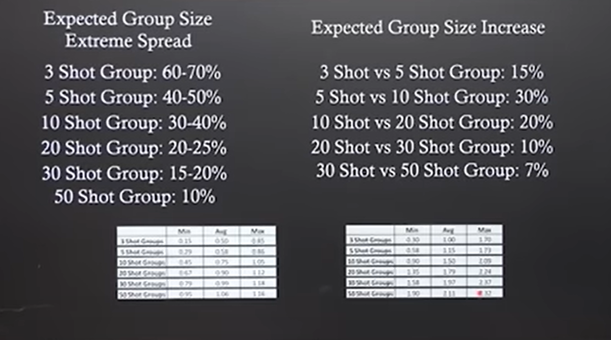Frequently Banned Troll
Well-known member
I had none of those signs previously. I made a change from 210M to 210 primer, and used some older different lot of blemished bullets, same Base to ogive, same powder charge, same new brass, and same, just mandreled case before loading. Velocity kicked up from 2980 to 3060 avg.




